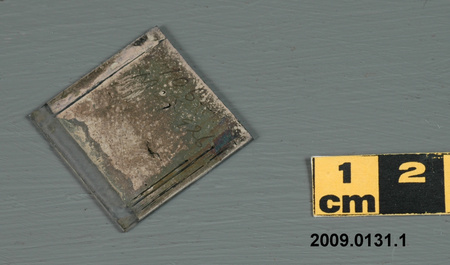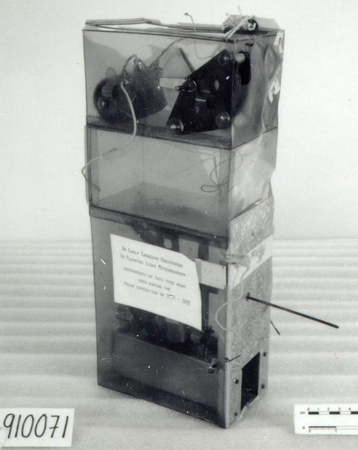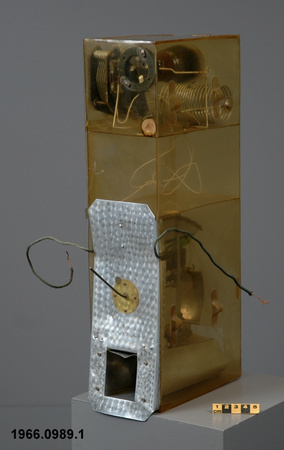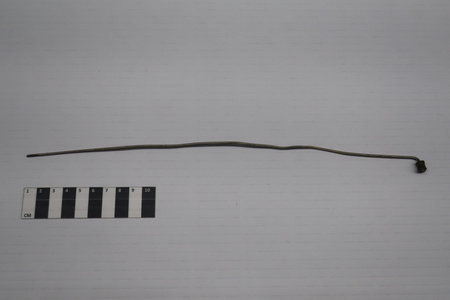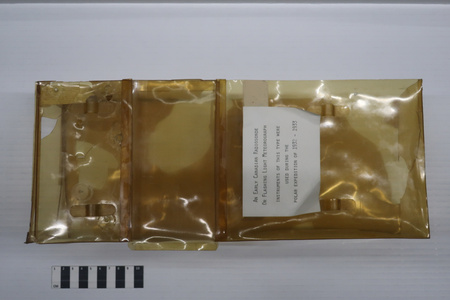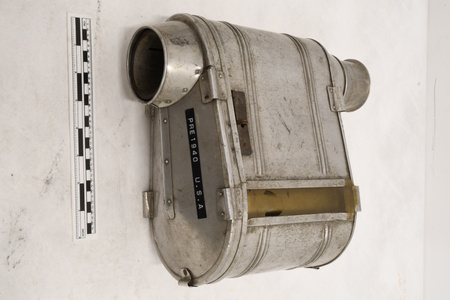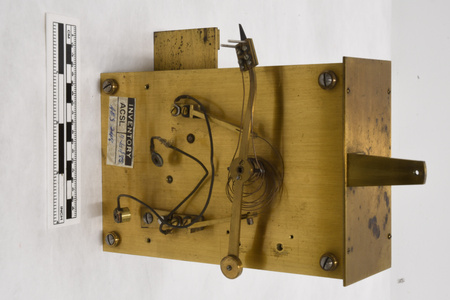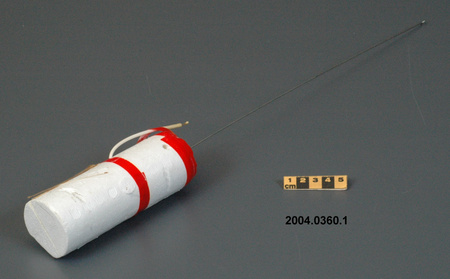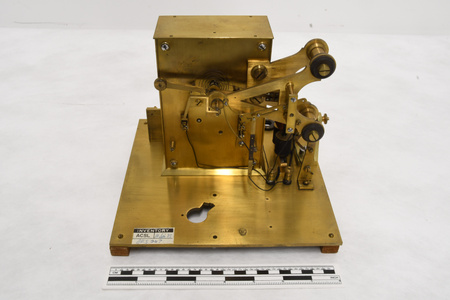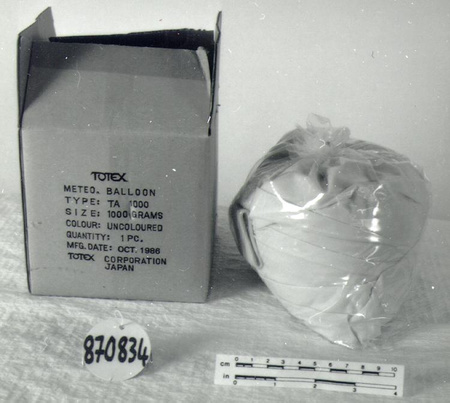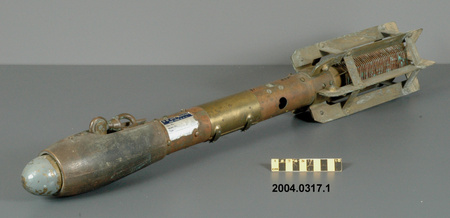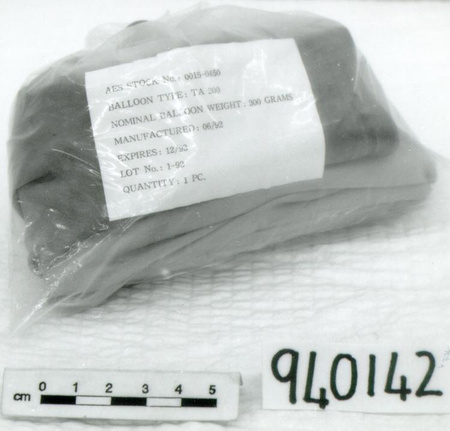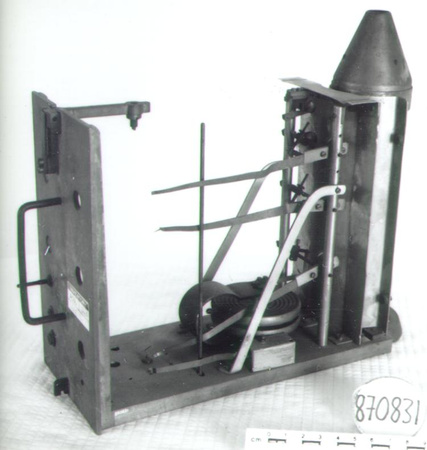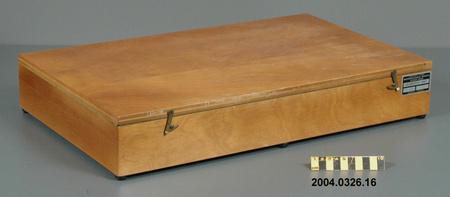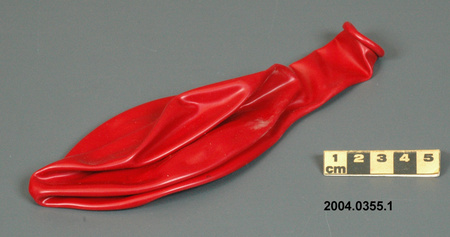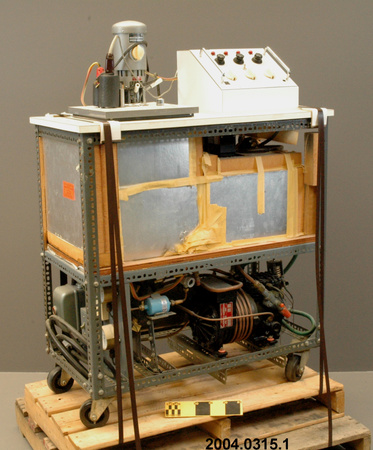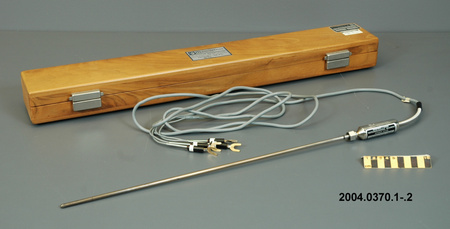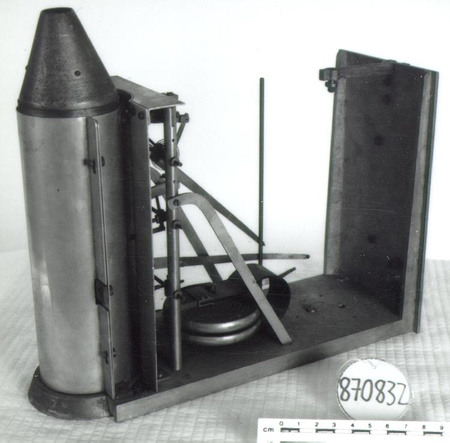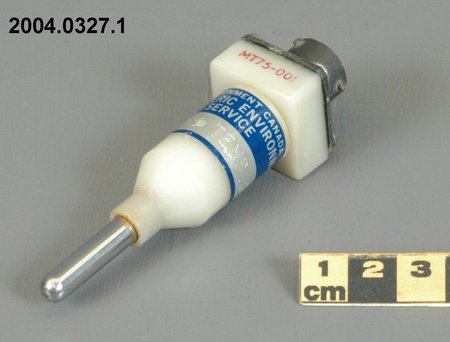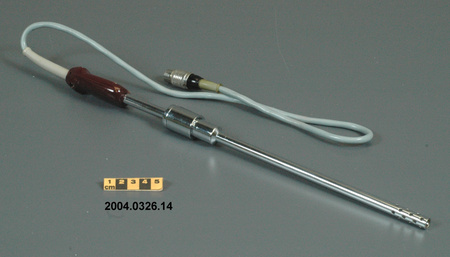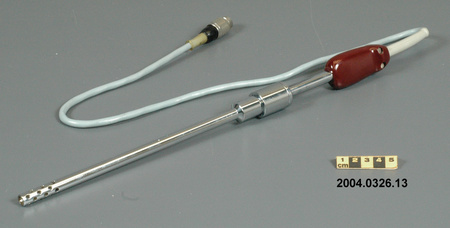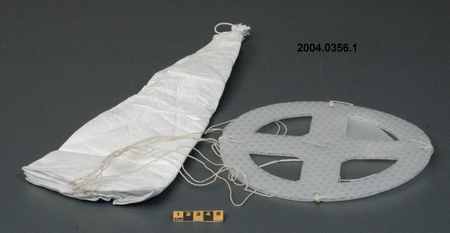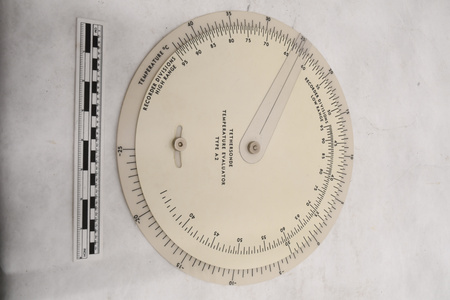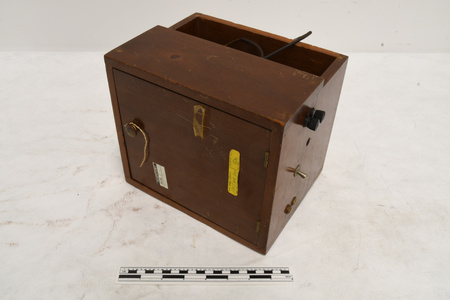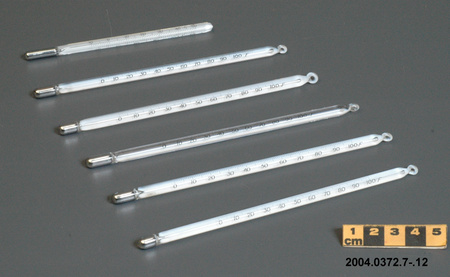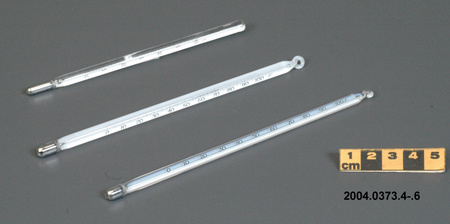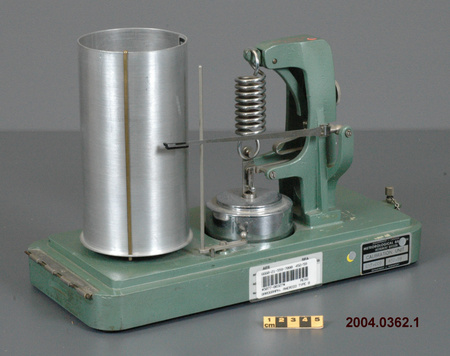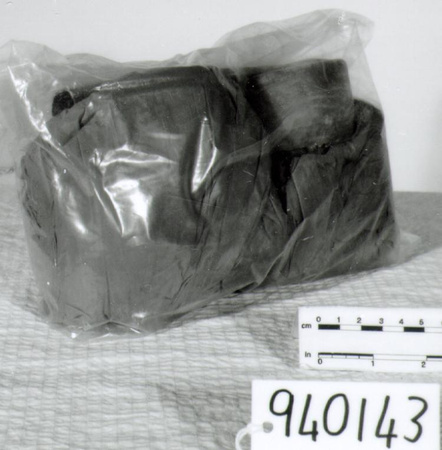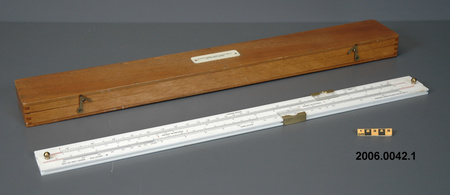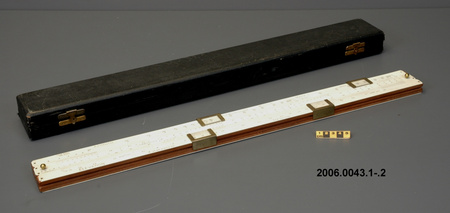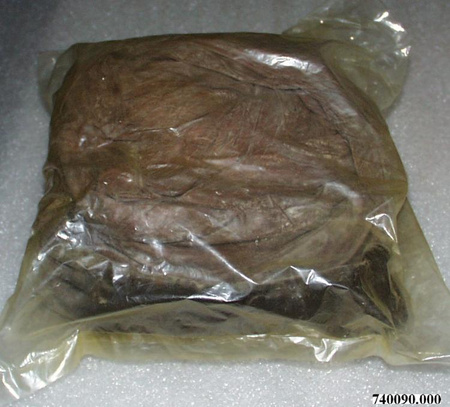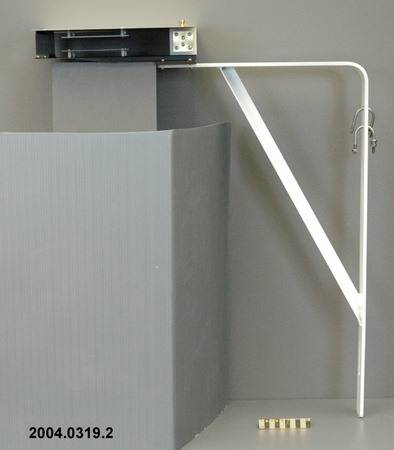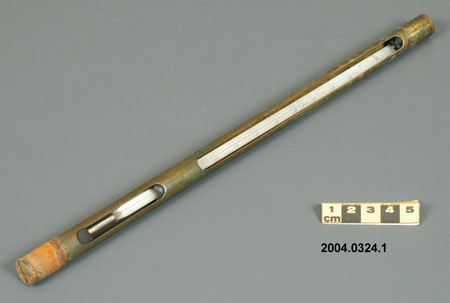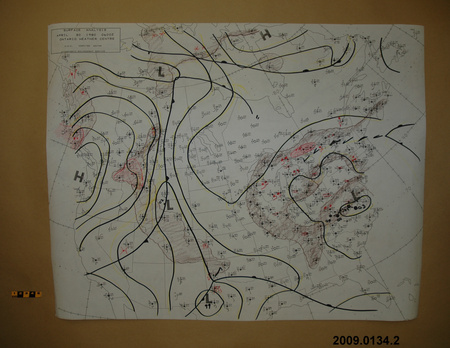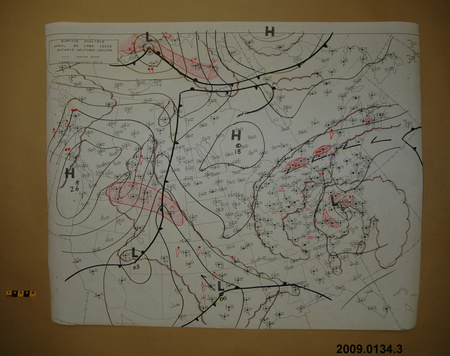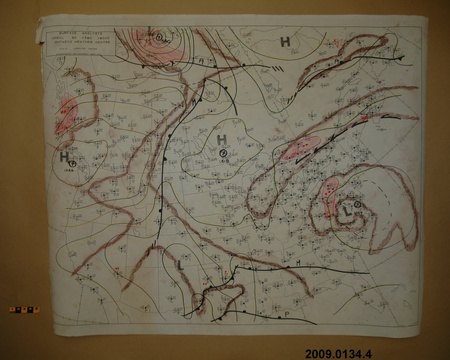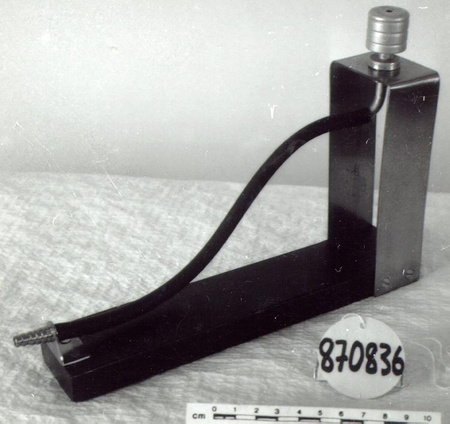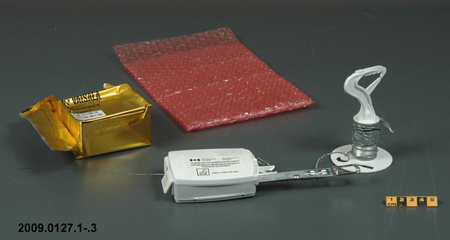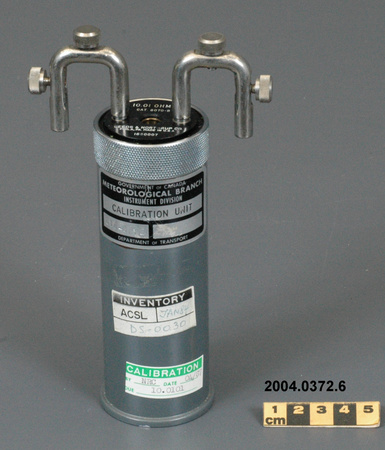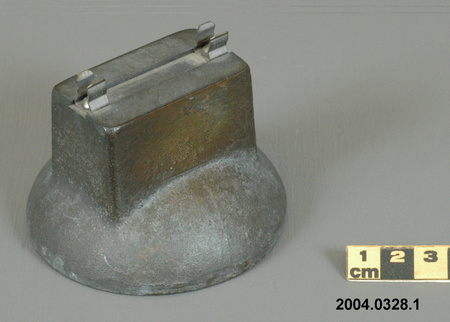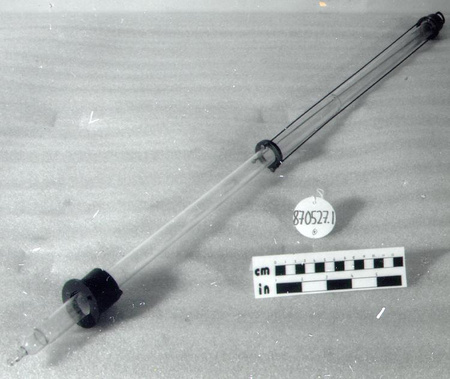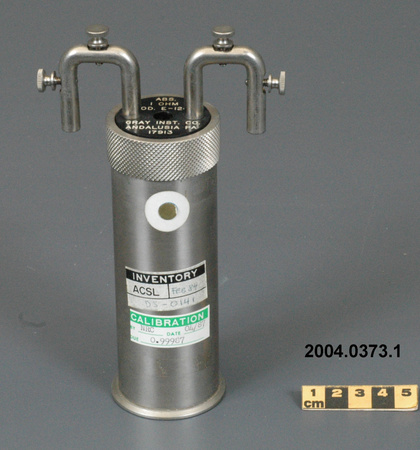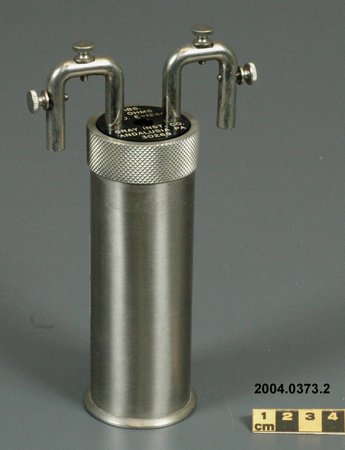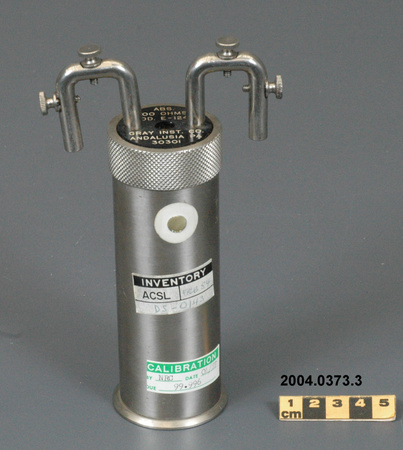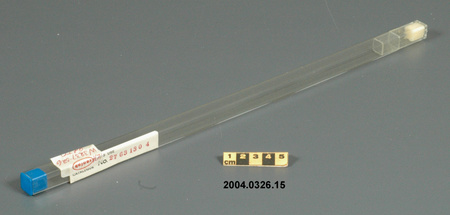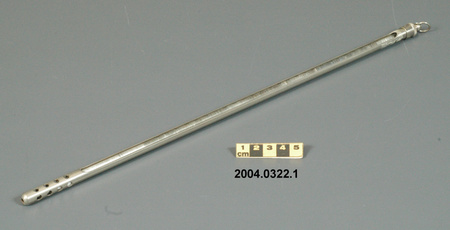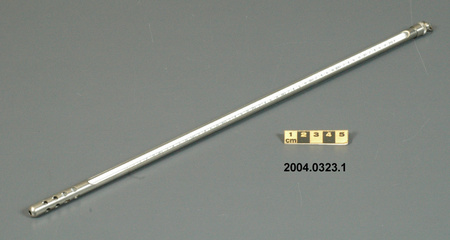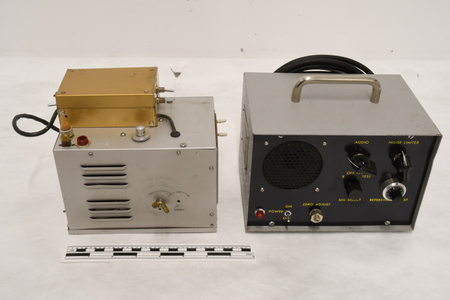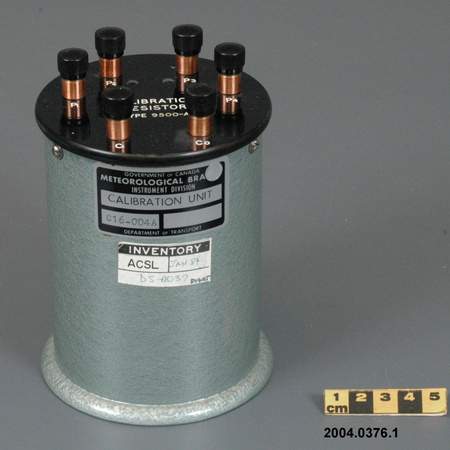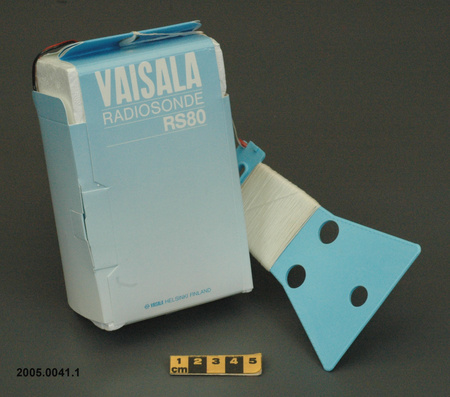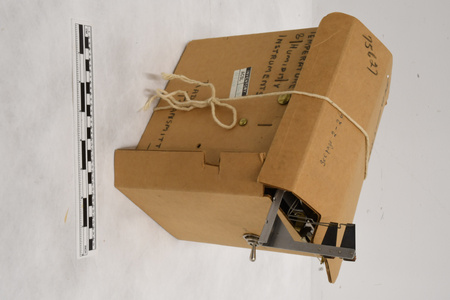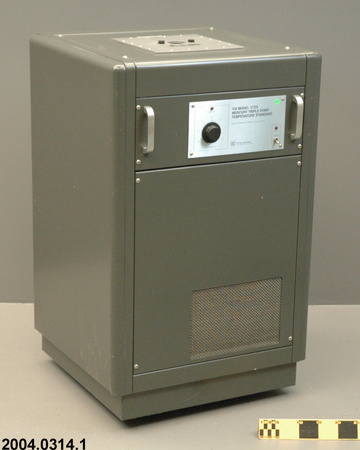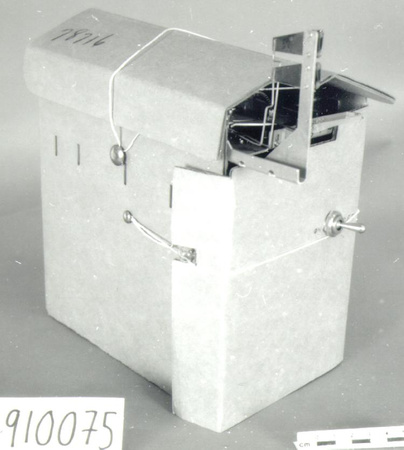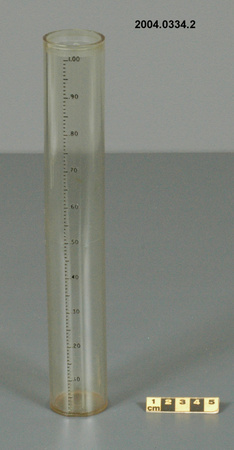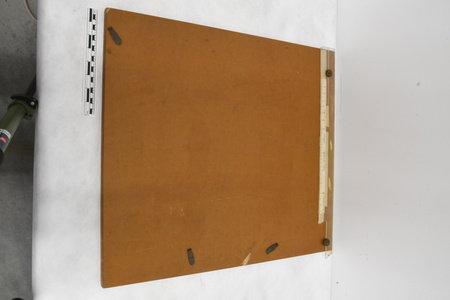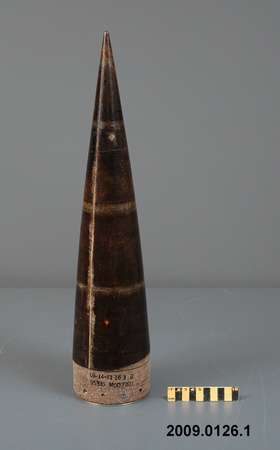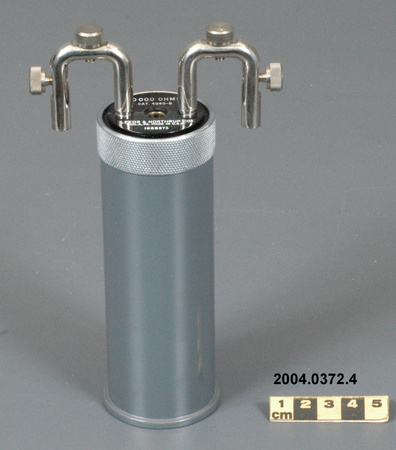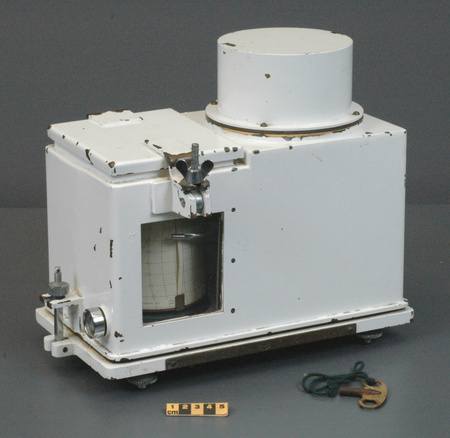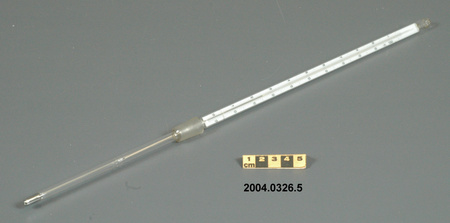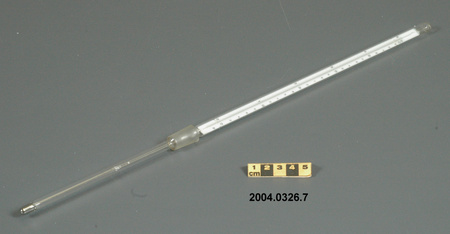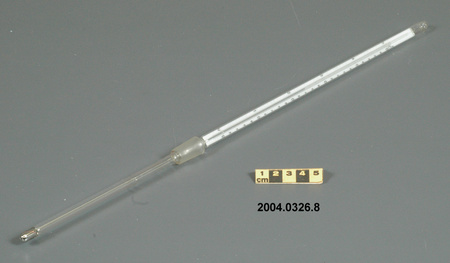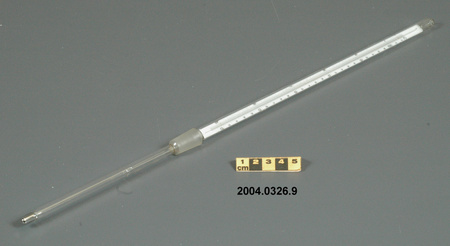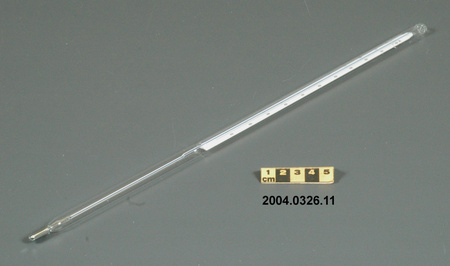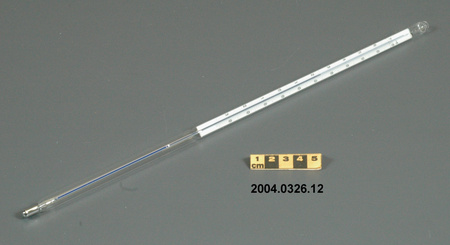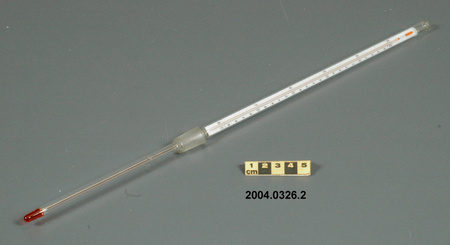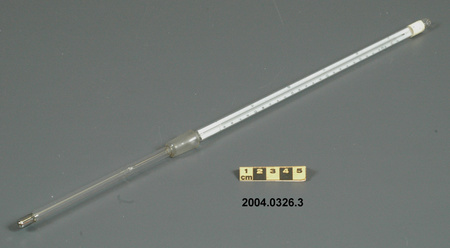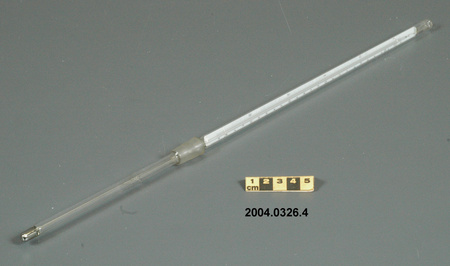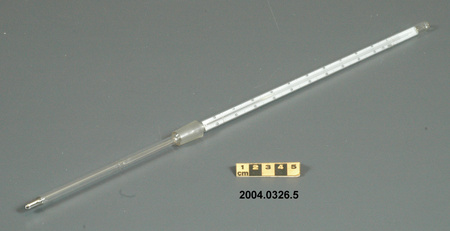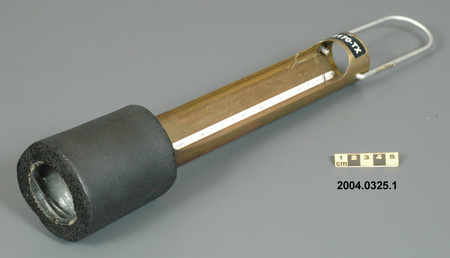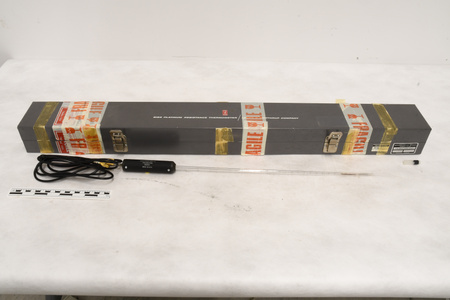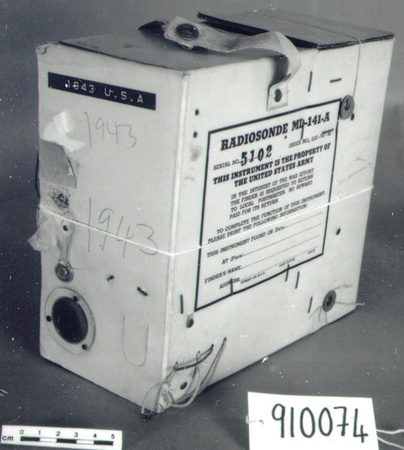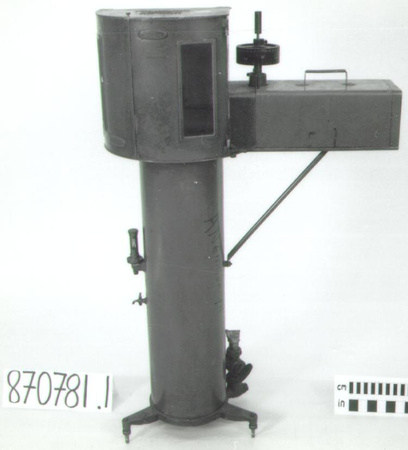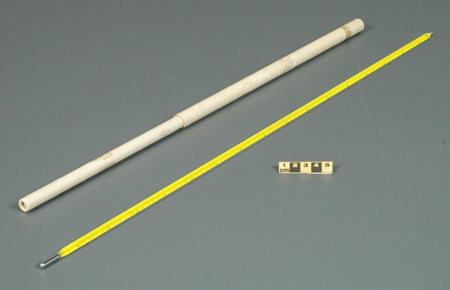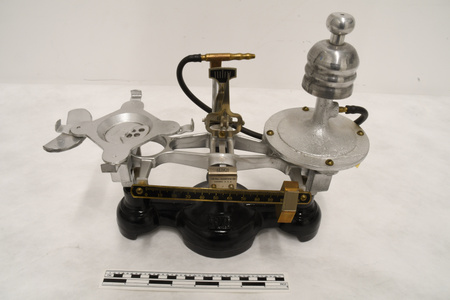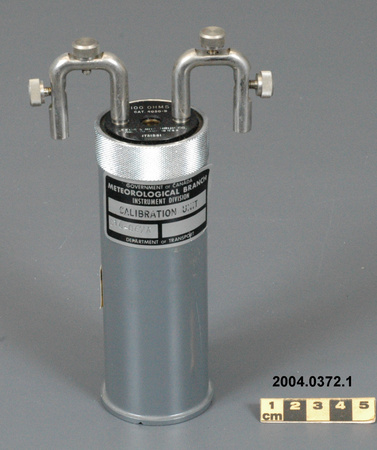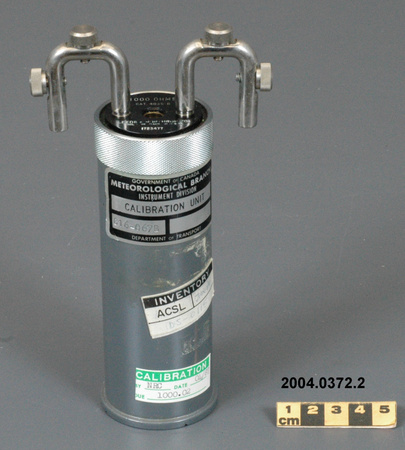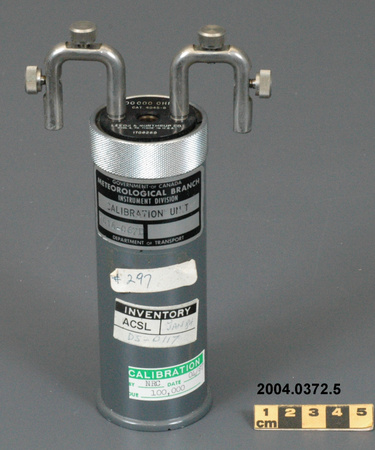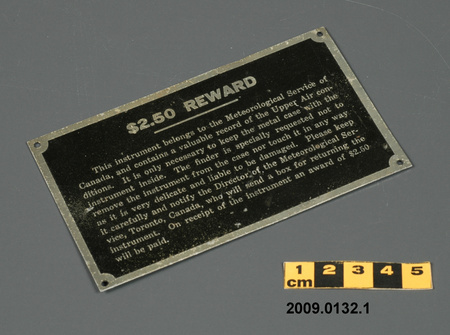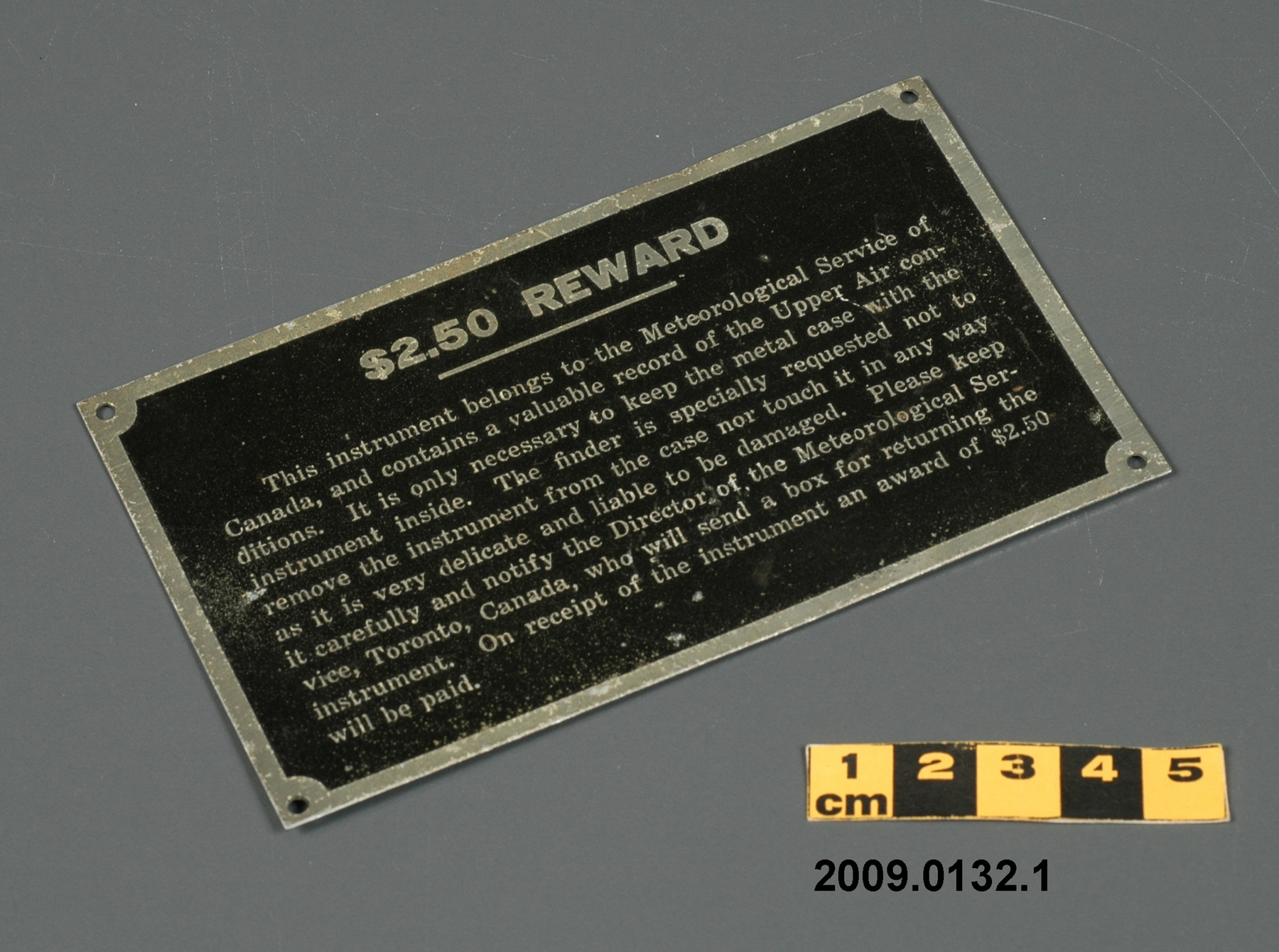Plate, information
Use this image
Can I reuse this image without permission? Yes
Object images on the Ingenium Collection’s portal have the following Creative Commons license:
Copyright Ingenium / CC BY-NC-ND (Attribution-NonCommercial 4.0 International (CC BY-NC 4.0)
ATTRIBUTE THIS IMAGE
Ingenium,
2009.0132.001
Permalink:
Ingenium is releasing this image under the Creative Commons licensing framework, and encourages downloading and reuse for non-commercial purposes. Please acknowledge Ingenium and cite the artifact number.
DOWNLOAD IMAGEPURCHASE THIS IMAGE
This image is free for non-commercial use.
For commercial use, please consult our Reproduction Fees and contact us to purchase the image.
- OBJECT TYPE
- instrument/asset/reward
- DATE
- 1911–1935
- ARTIFACT NUMBER
- 2009.0132.001
- MANUFACTURER
- Meteorological Service of Canada
- MODEL
- Dines meteorograph
- LOCATION
- Canada
More Information
General Information
- Serial #
- N/A
- Part Number
- 1
- Total Parts
- 1
- AKA
- N/A
- Patents
- N/A
- General Description
- Non-ferrous metal
Dimensions
Note: These reflect the general size for storage and are not necessarily representative of the object's true dimensions.
- Length
- 12.1 cm
- Width
- 7.2 cm
- Height
- N/A
- Thickness
- N/A
- Weight
- N/A
- Diameter
- N/A
- Volume
- N/A
Lexicon
- Group
- Meteorology
- Category
- Upper air pressure, temperature & humidity measurement
- Sub-Category
- N/A
Manufacturer
- AKA
- Environment CA
- Country
- Canada
- State/Province
- Unknown
- City
- Unknown
Context
- Country
- Canada
- State/Province
- Unknown
- Period
- circa 1911 to 1935
- Canada
-
Dines meteorographs were used from 1911 to 1937 by the Meteorological Service of Canada (MSC) to obtain the first detailed temperature profiles of the troposphere in Canada. The first Canadian meteorograph launch occurred on February 3, 1911 by John Patterson of the MSC from close to 315 Bloor Street, Toronto. Throughout the three decades that they were used, Dine meteorographs used were sent up from Woodstock, Ont., Kingston, Ont., Goderich, Ont., Calgary, Al., and Fort Rae, NWT. A piece of meteorological equipment from a large collection of meteorological instruments used by the Meteorological Service of Canada (previously Atmospheric Environment Service) and acquired by the CSTM since 1967. MSC is the government agency responsible for collecting and disseminating meteorological data and forecasts in Canada. It was founded in 1871 in Toronto where it is still headquartered. The MSC was originally on the University of Toronto downtown campus but moved to Downsview in 1971 on land owned by UofT. The headquarters houses laboratories, research facilities and calibration and instrument maintenance facilities (now largely contracted out). - Function
-
A plate inscribed with information which instructs the finder of a meteorograph to return the device to the Meteorological Service of Canada (MSC), allowing the MSC to retrieve recorded information. It also explains to the finder what the device is and how to handle it. - Technical
-
The Dines meteorograph "recorded temperature versus pressure on a 1" slivered copper or glass slide. An aneroid moved the slide horizontally to record pressure while a scribe attached to the temperature sensor marked the slide vertically. The temperature sensor consisted of a nickel silver strip [that] moved the scribe to an invar rod, which has a low coefficient of expansion. The result was a curve of pressure versus temperature as the balloon ascended. Later unit incorporated a hair humidity element attached to a separate scribe. Before each flight the meteorograph was calibrated in a gasoline-filled chamber. This calibration produced a series of four isothermal lines with ticks at fixed pressure values directly on the slide. The instrument was mounted on a wire frame surrounded by a thin aluminum cylinder 16cm b 7 cm in diameter that acted as a radiation shield. The entire assembly weighed only 60 grams, a reduction from Dines 1906 prototype that had weighed 90 grams. By comparison, the Vaisala RS92 radiosonde with battery and transmitter presently used in Canada weighs 250 grams." The First Tropospheric Temperature Profile in Canada. K.A. Devine, Aurora, ON and G.S. Strong, Ardrossan, AB. Winds could also be determined from the meteorographs through visual observation, when the balloons were visible. Dines meteorographs were developed by W. H. Dines in the U.K. with the encouragement of Napier Shaw, the Director of the British Meteorological Office. The Dines was an improvement on earlier meteorographs because it does not include a clock. Clocks were not accurate at low temperatures and increased the weight of the device. - Area Notes
-
Unknown
Details
- Markings
- Silver lettering reading '$2.50 REWARD/ This instrument belongs to the Meteorological Service of/ Canada, and contains a valuable record of the Upper Air con-/ ditions. It is only necessary to keep the metal case with the/ instrument inside. The finder is especially requested not to/ remove the instrument from the case not touch it in any way/ as it is very delicate and liable to be damaged. Please keep/ it carefully and notify the Director of the Meteorological Ser-/ vice, Toronto, Canada, who will send a box for returning the/ instrument. On receipt of the instrument an award of $2.50/ will be paid.'
- Missing
- Complete
- Finish
- Black painted and plated metal
- Decoration
- N/A
CITE THIS OBJECT
If you choose to share our information about this collection object, please cite:
Meteorological Service of Canada, Plate, information, between 1911–1935, Artifact no. 2009.0132, Ingenium – Canada’s Museums of Science and Innovation, http://collection.ingenium.ca/en/id/2009.0132.001/
FEEDBACK
Submit a question or comment about this artifact.
More Like This
